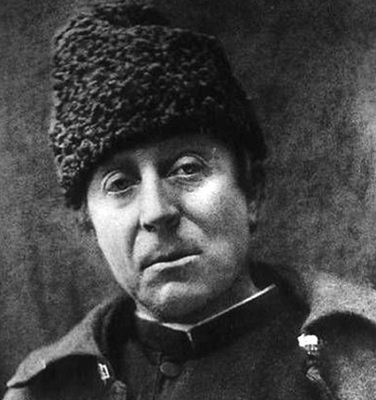PAUL GAUGUIN (1848-1903)
 Paul Gauguin was born in Paris and began his career exhibiting his works alongside the likes of Pissarro and Monet. Impressionism did not hold his interest for long though, and he began to experiment with color and symbolism. Gauguin spent time away from Europe, abandoning his wife and children to be free of Western culture. He spent time in the artist’s colony of Pont-Aven in Brittany, and in Panama and Martinque.
Paul Gauguin was born in Paris and began his career exhibiting his works alongside the likes of Pissarro and Monet. Impressionism did not hold his interest for long though, and he began to experiment with color and symbolism. Gauguin spent time away from Europe, abandoning his wife and children to be free of Western culture. He spent time in the artist’s colony of Pont-Aven in Brittany, and in Panama and Martinque.
Most significantly, he made a few trips to Tahiti, and spent about 10 years there, living amongst those he called “savages” and incorporated the people, landscapes, and culture into his artworks. This was a foray into what would become known as Primitivism, in which Westerners believed that less-developed cultures were inherently more spiritual and connected to the Earth than Europeans or Americans. Gauguin romanticized the Tahitian people, their myths, beliefs, and the land they occupied.
Though Gauguin did not gain much financial success prior to his death, shortly thereafter, his work began to gain appreciation. He and his erstwhile friend Vincent Van Gogh are notable as Post-Impressionists, who were influenced by Impressionism, but did not follow its tenants. His use of color and proportion would eventually influence the Modernism movement, and especially painters such as Henry Matisse and Pablo Picasso.
